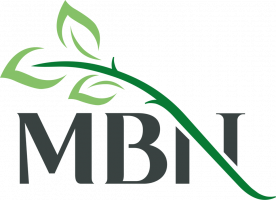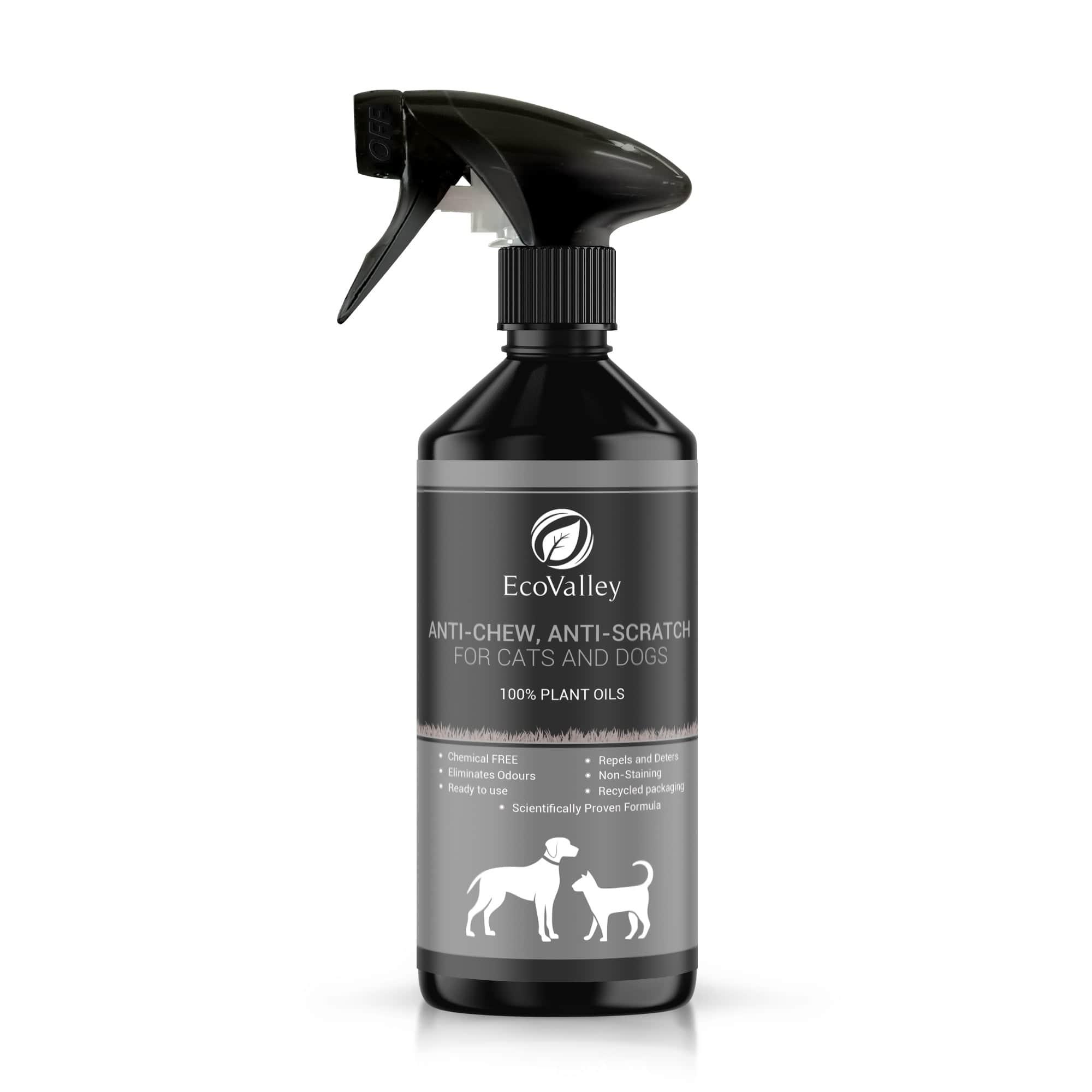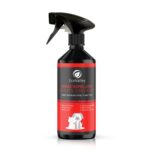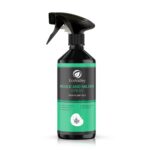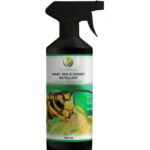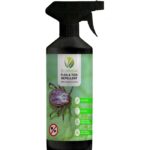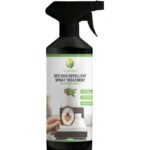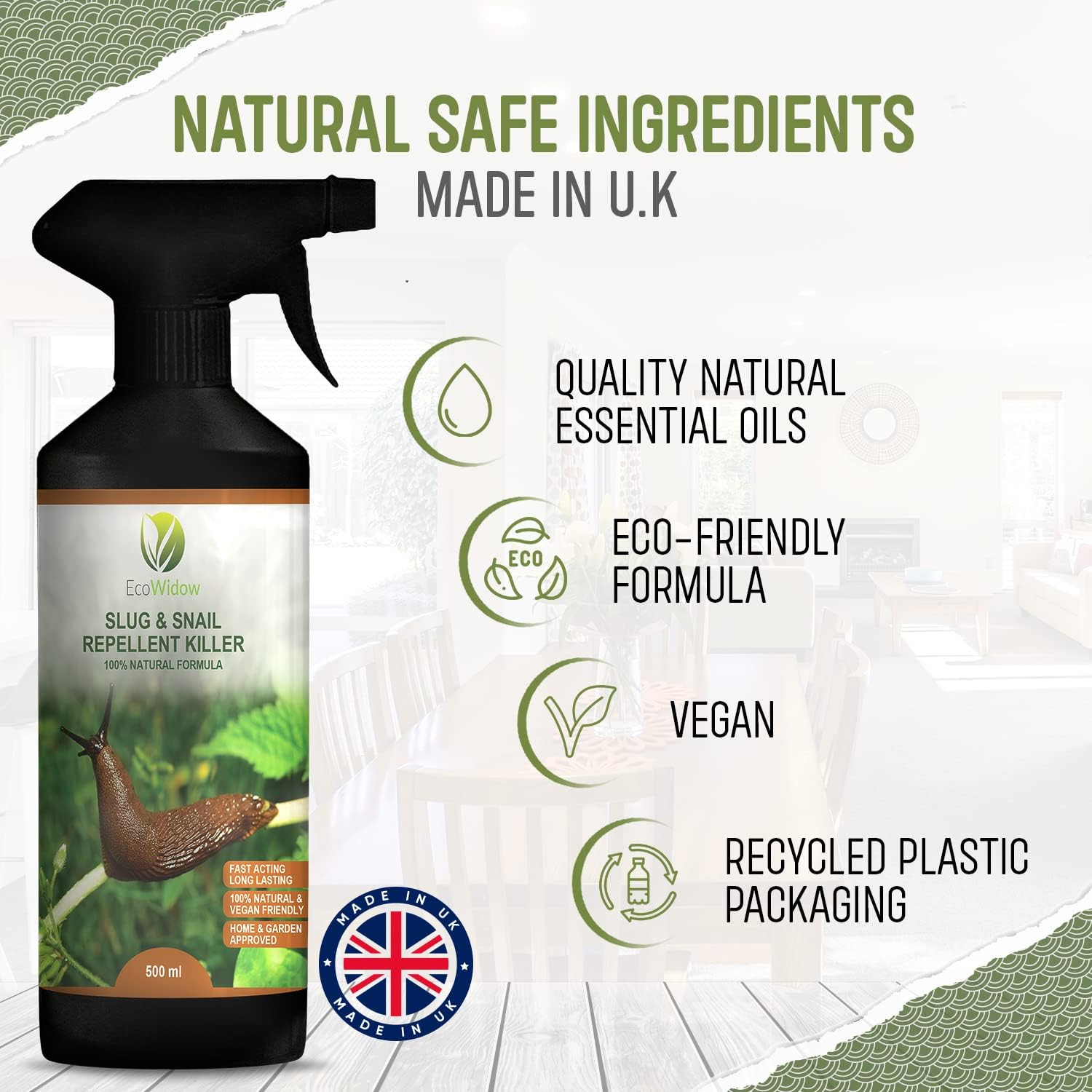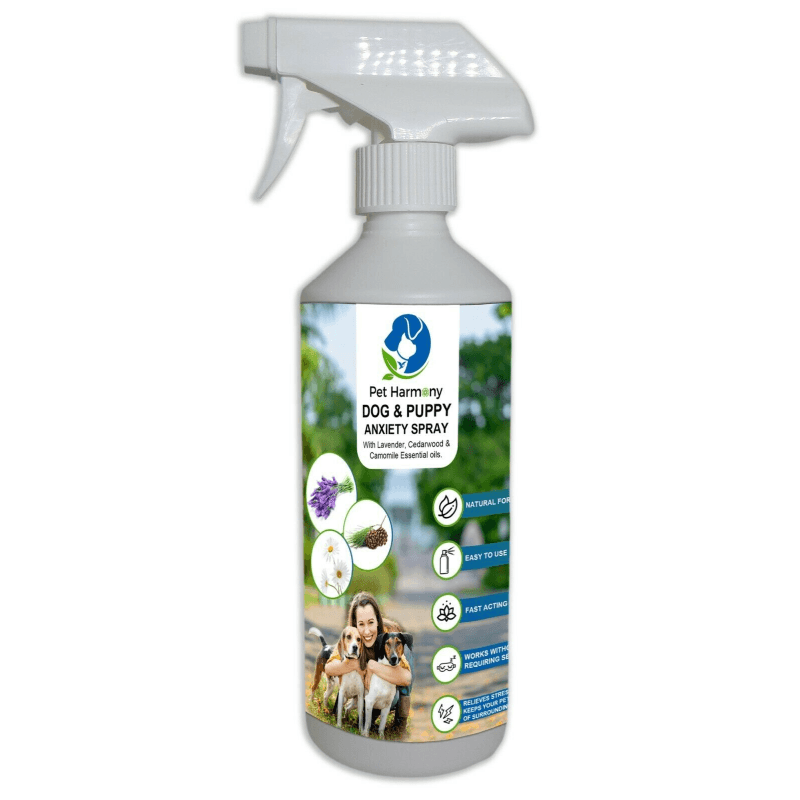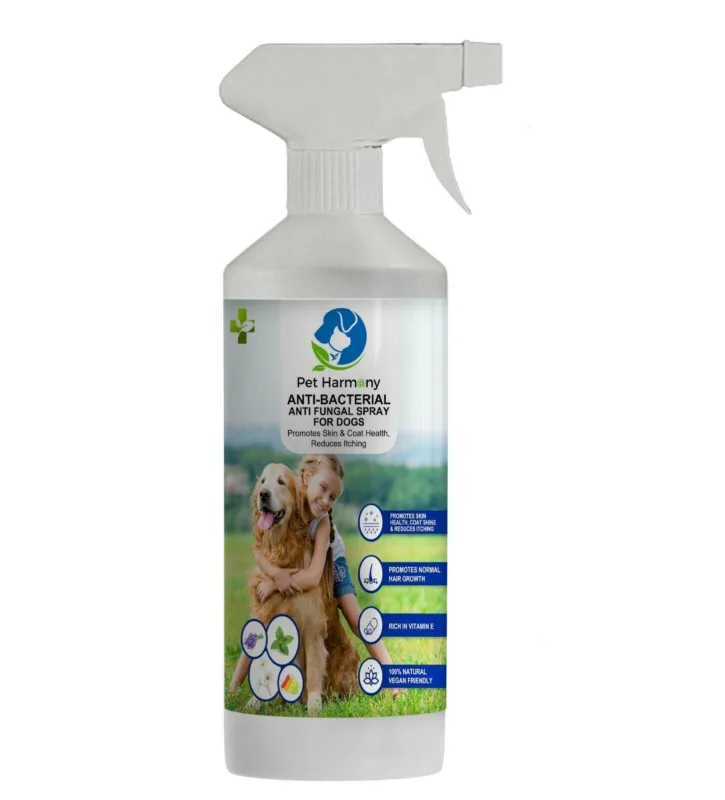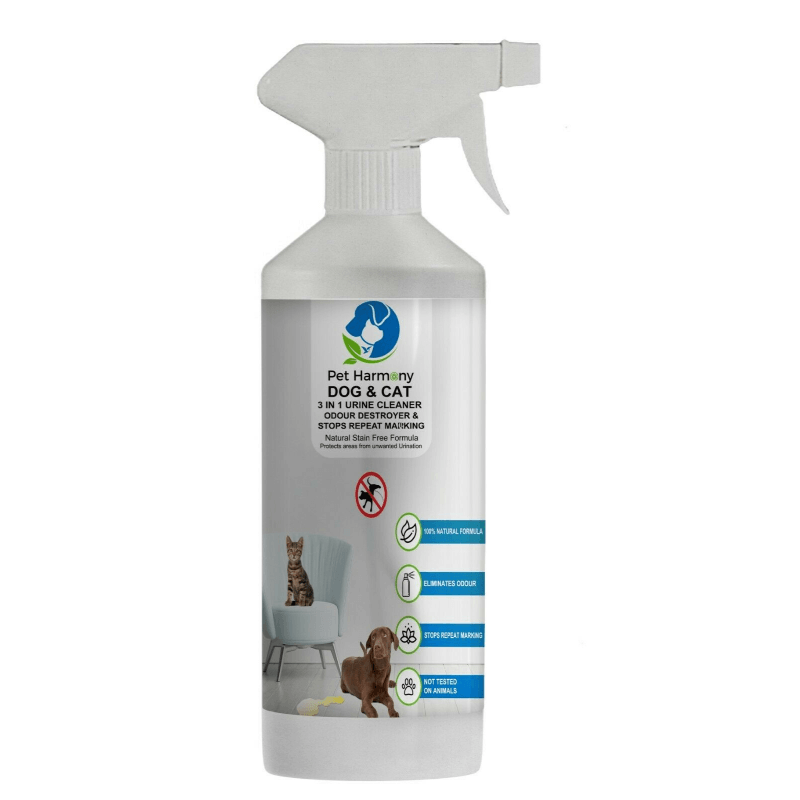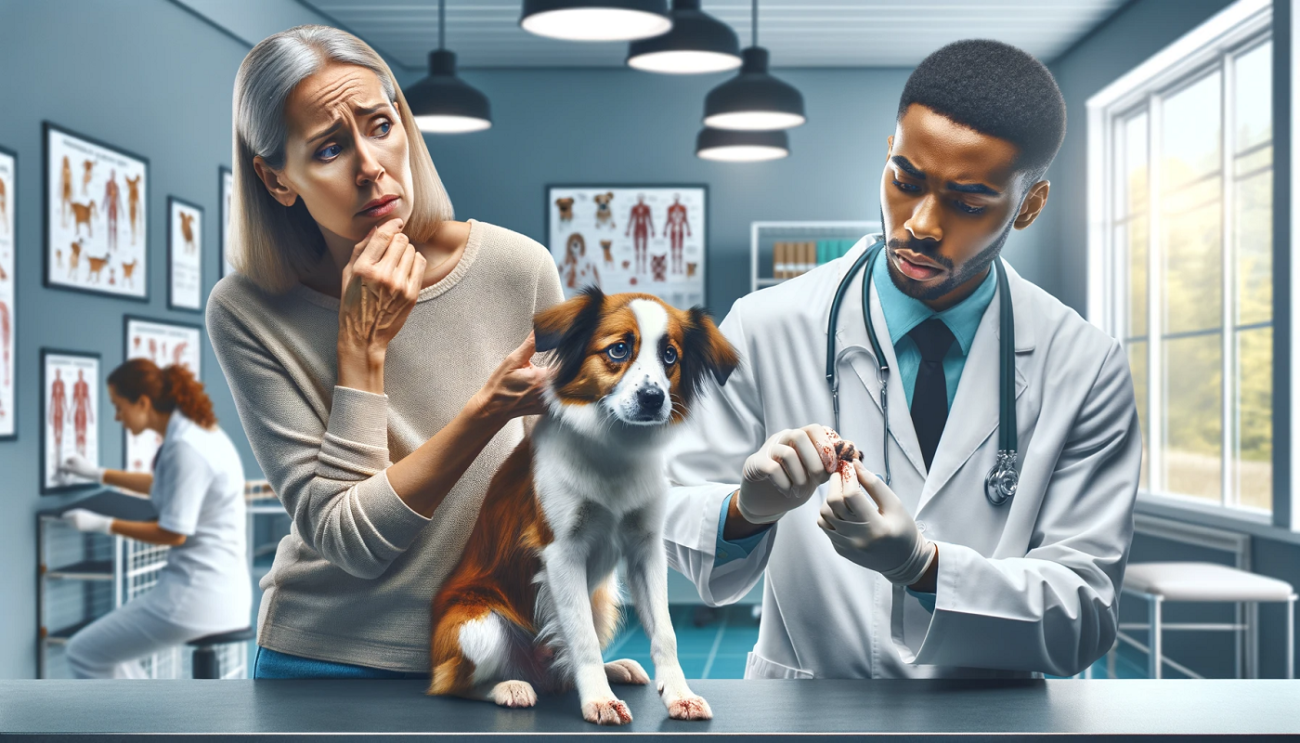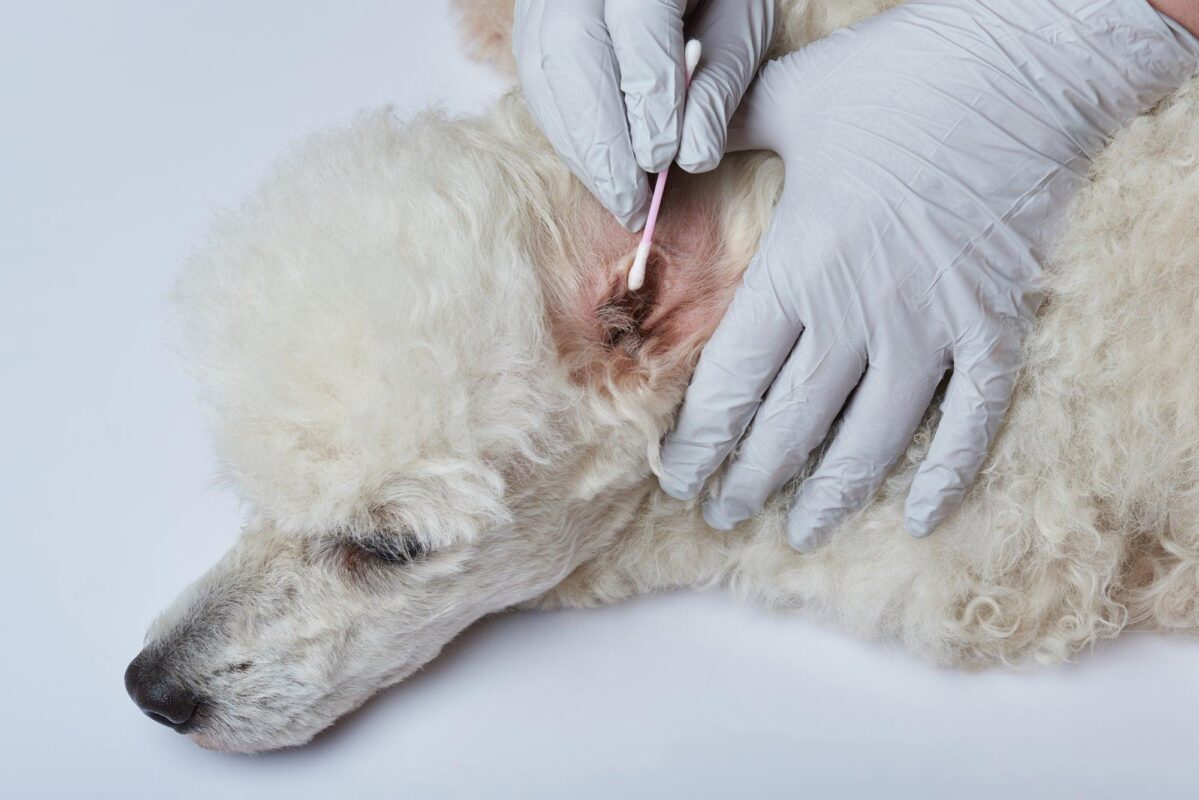Dogs can exhibit a variety of behavioural issues, ranging from aggression to separation anxiety. As with people, canines frequently experience everyday stress, which can result in issues that drive them to act impulsively, similar to their masters. While humans have some tools at their disposal to cope with stress, dogs do not.
What are some of the indicators of stress in dogs?
Pacing or shaking.
You’ve probably noticed your dog trembling after a bath or a roll in the grass. That entire body tremble is entertaining and quite typical unless it occurs in response to a stressful scenario. For instance, dogs are frequently nervous during veterinary visits. Dogs, like humans, pace when they are upset. While waiting for the veterinarian to enter, some dogs follow a repetitive course around the exam room.
Whining or barking.
While vocalisation is a natural form of self-expression in dogs, it may be heightened when they are stressed. Fearful or anxious dogs may whine or bark to attract your attention or to self-soothe.
Yawning, drooling, and licking
When dogs are sleepy or bored, they yawn. They also yawn when they are stressed. A strained yawn is deeper and more protracted than a drowsy yawn. Additionally, when dogs are frightened, they may drool and lick excessively.
Changes in eyes and ears
As with agitated humans, stressed dogs may exhibit dilated pupils and fast blinking. They may widen their eyes and display a greater amount of sclera than usual, giving them a frightened expression. Normally relaxed or alert, the ears are pressed back against the head.
Changes in body posture.
Normally, dogs bear equal weight on all four limbs. If an otherwise healthy dog shifts his weight to his back legs or cowers, he may be stressed. Dogs may also tuck their tails or become fairly rigid when afraid.
Shedding
When show dogs feel frightened in the arena, they frequently “blow their coat.” Additionally, dogs shed heavily when in the veterinary clinic. Although shedding is less obvious in outdoor situations, such as when a dog is introduced to a new dog park, it is more pronounced when a dog is stressed.
Panting
When dogs are overheated, enthusiastic, or stressed, they pant. If your dog is panting despite the fact that he has not exercised, he may be stressed.
Changes in bodily functions
As with humans, stressed dogs may experience an overwhelming urge to relieve themselves. When your dog urinates quickly after meeting a new canine companion, he may be simultaneously marking territory and reacting to the pressure. Refusal to eat and lack of bowel function are other signs of stress.
Avoidance
When confronted with an unpleasant scenario, dogs may attempt to escape by focusing their attention on something else. They may lick their genitals, sniff the ground, or simply look away. While ignoring someone may not be considered polite, it is unquestionably preferable to being confrontational. If your dog is fearful of other dogs or people, do not push the matter. Recognize his decision.
Hiding or escaping behaviour.
As a kind of avoidance, some stressed dogs will literally move behind their humans to conceal themselves. They may even nudge their owners in order to get their attention. As a way to get away from someone, they may dig or circle around, but they may also hide behind trees or cars.
Methods for Calming Your Anxious Dog
Your Dog’s Exercise
If your dog suffers from separation anxiety, the most obvious solution is to never leave them alone. That is not a reality for the majority of pet owners, which is why employing exercise as a bonding activity as well as a way to tyre out your pet is frequently a simple cure!
Due to the fact that anxiety can result in an excess of energy, bringing your dog out to play ball or for a long walk before leaving can be beneficial. During this time, it is also good to maintain a high level of physical contact and communication with them. Additionally, exercise, like its human counterparts, can help alleviate stress by creating helpful endorphins.
Physical Contact
Perhaps nothing soothes a nervous dog more than its owner’s touch. Attempt to spot early signals of anxiety in your dog and nip them in the bud by picking them up, hugging them on the couch, or giving them a long petting session.
Massage
Massage, as you are probably aware, has the ability to soothe and calm even the most agitated human – but did you know it also works wonders on dogs?!Anxiety frequently results in muscle tenseness, and massage treatment is one method of relieving stress. Begin at the neck and massage your way down, using lengthy strokes. Maintain one hand on the dog as the other massages it. Over time, you may even be able to pinpoint the source of your dog’s stress and focus exclusively on that area.
Music Therapy
Music therapy has been shown to benefit both humans and our canine and feline companions. While at home, in the car, or away from your pet, the power of music can be comforting and relaxing. Music can also help to lessen a dog’s sensitivity to noise by covering up street or scary noises that bother some dogs and make them anxious.
Numerous studies have revealed that many dogs like classical music. Harp music, which is frequently used in hospice settings, can act as a natural sedative. You could attempt the following:
Time-Out
While anxiousness is not, in and of itself, a harmful habit, it can be beneficial to give your dog some time out when they are acting out. Isolating your pet in a secure and quiet environment can assist in calming their ruffled nerves. Perhaps that location features some very low-key music, dim lighting, and/or aromatherapy.
Alternative Methods of Treatment
While there is limited proof that alternative goods can help dogs with anxiety, the following products are non-invasive and will cause no harm. They are additional therapies that can be used alone or in combination with those mentioned previously to increase their effectiveness. Be certain you conduct adequate research and communicate with your veterinarian prior to introducing alternative therapies.
Calming spray for dogs
The Pet harmony calming spray is a natural dog calming spray that keeps your dog calm and stress-free. Pets are similar to furry family members, and like people, they have their own unique ways of coping with life’s stress and anxiety. Pet harmony makes this crucial process considerably less stressful for them and less frightening for you. Pet Harmony is a trademarked proprietary blend that is calming for dogs and contains low concentrations of lavender, cedarwood, and chamomile essential oils.
This relaxing dog spray works in conjunction with the pet’s biological calming capabilities by simulating GABA, a naturally occurring calming substance found in mammals, birds, and reptiles. Pet Compatibility Natural Calming Products for Dogs and Puppies Simple to use It starts working instantly. It does not require sedation. reduces tension and maintains your pet’s awareness of their surroundings while increasing their attentiveness and receptivity—which increases confidence and training. Because fireworks cause stress in pets, it is recommended that dogs avoid fireworks. They’ve acquired a new pet—one they haven’t met yet.


How does the ingredient assist the dog in remaining calm?
Lavender
Aromatherapists have traditionally used lavender essential oil to alleviate tension. It is referred to as the “Queen of Calm” since it alleviates anxiety, aids in sleep, and improves your dog’s attitude. Lavender oil is one of the most benign essential oils for pets and might soon become your dog’s new best buddy. It will not only calm a nervous or agitated dog, but will also aid in their sleep and may even cheer up a depressed pet.
Add to this a number of additional benefits, such as calming skin allergies, relieving discomfort, and repelling ticks and fleas, and it’s easy to see how lavender may rapidly become a must-have in your fur baby’s first aid kit.
Cedarwood
Cedarwood oil is a naturally occurring essential oil obtained from cedar trees. There are numerous cedar tree species, and each oil extracted from them will be branded with the species name, as each offers unique benefits. Cedarwood essential oil is frequently used in aromatherapy and on the skin and hair.
Cedarwood oil has a fascinating history. Antimicrobial qualities made it valuable in the mummification process in Ancient Egypt. Because cedarwood is also known for its ability to soothe the mind and body, it was frequently used during religious and spiritual gatherings.
Chamomile
Chamomile has antispasmodic and mild sedative properties. This is advantageous if your dog has an upset stomach. Stomach spasms and vomiting can be alleviated due to the antispasmodic effects. This occurs as a result of the abdominal muscles relaxing and ceasing to spasm. Additionally, this plant is beneficial for relaxing unsettled nerves caused by worry.
Chamomile’s antibacterial properties can help soothe irritated skin and eyes. Additionally, this will alleviate any irritation caused by rubbing the irritated area. Bacterial and fungal diseases can even be cured with chamomile if treated early on. Additionally, it possesses antibacterial characteristics, making it an excellent substitute for natural eye rinse.
Chamomile is a natural parasite remedy. It acts gradually over time, making it ideal for continuous use without causing any hazardous side effects. Chamomile is particularly beneficial for ticks as it is a natural way to easily remove the parasite. Anti-inflammatory characteristics help alleviate parasite-related discomfort.

